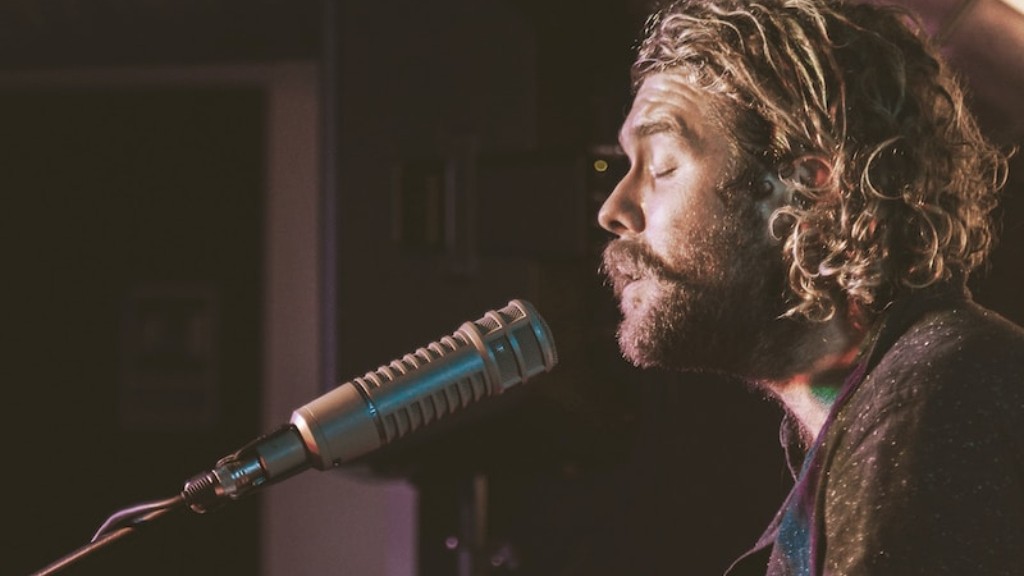Drawing a full figure isn’t rocket science – it’s just practice. Anyone can master the basics of drawing full figures with a little bit of time and focus. Here’s how to get started with sketching a full figure:
First, arm yourself with the basics. Depending on your skill level, you’ll need a pencil and paper, a good eraser, and some basic knowledge of anatomy. Memorize the proportions of the various body parts and get comfortable with the basic outlines. Although this can seem daunting at first, it’s not that hard. All it takes is practice.
Second, use basic shapes to start your drawing. Before you get into details like fingers and hair, start with simple shapes like cubes, cones, or circles. Draw the basic stick figure and add more detail from there. You can always adjust later if something looks wrong. It’s all part of the process of trial and error.
Third, work from the ground up. Start at the feet and work your way up. Sketch the basic shape first and refine it as you go. Pay attention to proportions and keep it as natural as possible. Don’t be afraid to draw as much detail or as little as you need. Just keep your goal in mind.
Fourth, focus on the eyes. They’re the windows to the soul, and they’ll give your drawing a sense of life and energy. Even minimal shading can accentuate the eyes and draw attention to them. Try out various techniques and colors to give your drawing some depth.
Fifth, take your time. Drawing a full figure can take as much time as you’re willing to put in. So dedicate yourself to the task. Take your time and work on the details. Refine and adjust as you go until you’re happy with the result.
Adding accessories
Adding accessories to your drawing can add a lot of interest and detail. This could be anything from clothing, jewelry, or a hat, to props like pens or umbrellas. Think about how these elements can add a unique touch to your drawing and create a narrative. You can also add shading or texture to the accessories to give them more form.
Using color can also be very effective. Think about how it can be used to bring attention to certain areas and create a sense of harmony. Colors can also be used to complement the accessories and draw attention to the main subject of the drawing.
Adding Expression and Movement
Now that you’ve got the basics and accessories down, it’s time to bring life and motion to your figure. This means adding expression and movement to the face, body, and hands. You can use subtle changes in the line of the eyebrows to create different expressions, or you could add lines or arrows to show the direction of movement.
Think about how the figure interacts with their environment. Is it a subtle gesture or are they in the middle of an action? Taking a moment to consider these things will help give your drawing that extra bit of life.
Focus on the faces and hands. They tell the story, be it sad, happy, angry, or just being. Fine lines and small details can make a big difference and make the drawing more realistic. Make sure the angles and curves are correct, as these are subtle hints that can tell your story.
Giving the drawing depth
Once you have your drawing finished, it’s time to add a bit of depth and texture. Shading is the best way to achieve this. No matter how small or detailed the drawing is, always remember to add shadows, lines, and shading to bring out form and to give the drawing a sense of dimension.
Pay attention to the direction of light, as it is essential for creating realistic shadows. Don’t be afraid to use a variety of tools to achieve the desired effect. It’s all about experimenting and having fun with it.
When you’re satisfied with your drawing, take a step back and assess it. Make adjustments where necessary and add any final touches. Then you can be proud of your final drawing.
Creating a sense of life
Once you’ve finished the drawing, the real challenge is to add a sense of life and realism to it. This could be anything from wrinkles in clothing to hair that moves in the wind. Details like this take time and practice, but they can make all the difference in your drawing.
Keep in mind that life isn’t perfect, and neither are our drawings. Imperfections are a sign of character and can add a unique touch to your drawing. Embrace them and use them to create something truly unique.
It also helps to play around with perspective. For example, try adding elements from behind or from a different angle. This will add a sense of dynamism to your drawing and will make for a unique viewing experience.
Conclusion
Drawing a full figure is actually quite simple – it just takes practice, patience, and a willingness to experiment. Start with the basics – use basic shapes, focus on the eyes, and take your time. Add accessories, expression, and movement, and don’t forget to add depth and texture. Finally, add some life to your drawing with details and play around with perspective. With a bit of practice and focus, anyone can master the art of drawing a full figure.

